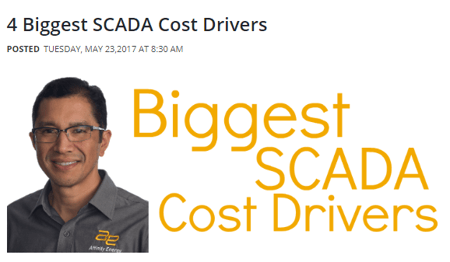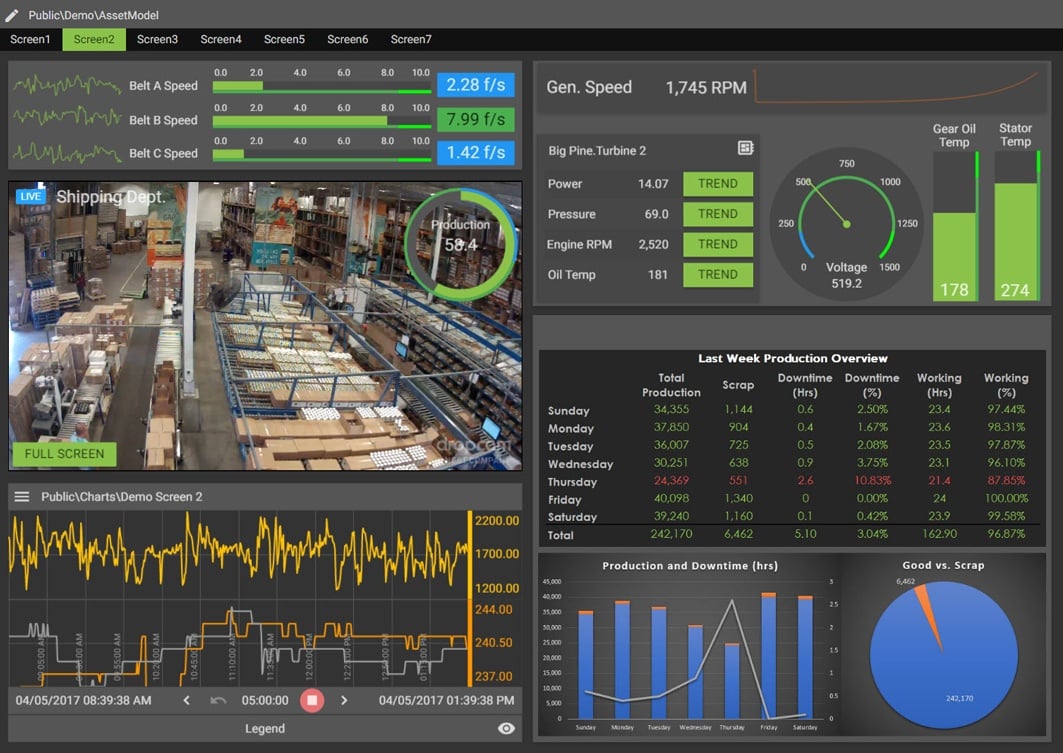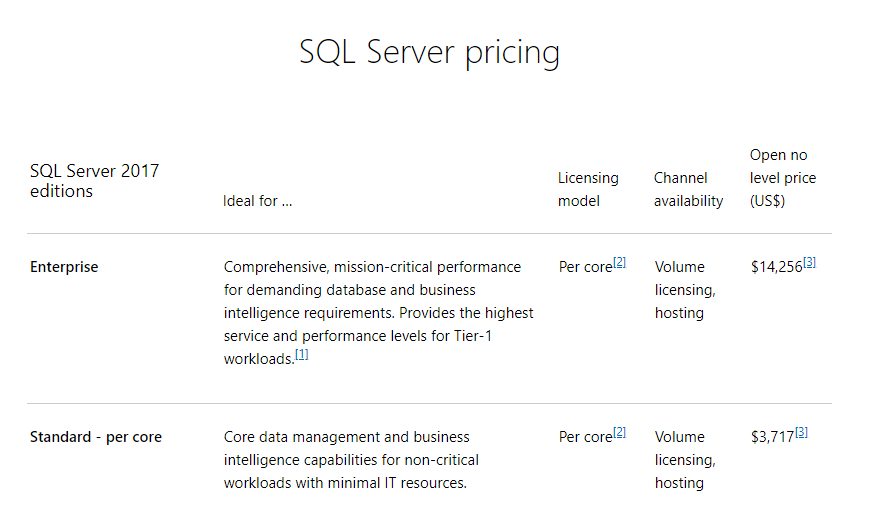Battling inefficiencies and trying to save money is important to every industrial process. It is frustrating that most companies first have to invest a large amount of capital to equip themselves with SCADA solutions and data historians in order to find ways to run more efficiently.

I recently remembered reading an interesting article by Allan Evora, President of Affinity Energy, on the CSIA Exchange a few years ago. After some digging, I found his post. In "Biggest SCADA Cost Drivers" Allan identifies 4 key cost drivers for SCADA solutions. I believe all of these points can be easily avoided by pairing an Ignition SCADA solution with a Canary data historian.
4 Key SCADA and Data Historian Cost Drivers
- Materials and selection of software
- Number of Points
- Number of Concurrent Users
- Redundancy
Cost Driver #1: Material and selection of software
You have plenty of options for SCADA and data historians. Some companies offer both, others, like Canary focus on a single solution and develop connectors to allow you to easily connect to various other platforms.
Some solutions are geared towards small solutions, others to full enterprise deployments; few do a great job at scaling to either size. This means you could potentially over or under purchase based on your needs. Worst yet, if your company grows, adds more points, or begins to purchase other facilities, you could find your current solution won't scale!
Often, end users will select a system and then face surprises during deployment. For instance, did you know Wonderware only supports Microsoft SQL Server licensing? When you start to price a Microsoft SQL license your costs quickly climb! How comfortable are you with Standard - per core pricing of $3,717 and a description that says "for non-critical workloads with minimal IT resources"? I'm guessing not at all.
Ideally, you want to make a decision and avoid future spending surprises, minimize deployment disruption, and ensure the solution can handle future growth and expansion.
Cost Driver #2: Number of points
Probably one of the largest influences of system cost is the total number of I/O points for the SCADA solution and how many of those points you plan to historize. Licensing models have traditionally cost as high as $10 per point and can sometimes add up to millions of dollars required for enterprise solutions.
In Allan Evora's article, he makes this point regarding point or tag count:
"For cost-savings (and your own sanity), don’t over-specify. Make sure you capture only points required to operate and maintain your facility."
While this will certainly cut costs, it is less likely to help in the overall goal, running more efficiently. Limiting your historical data collection to only the obvious tags that are required to operate and maintain your facility will leave you rather empty handed for the next stage, machine learning and predictive modeling. Instead, I believe the licensing model is broken and most be changed and will discuss after the next two cost drivers are identified.
Cost Driver #3: Number of Concurrent Users
Since most SCADA solutions and historian trending and analytics packages price by the number of connected clients, you want to balance who needs access to the data and who doesn't. Costs can quickly increase, especially for large organizations that might require hundreds of concurrent users.
But again, by limiting the number of individuals that have access to the data, you are actually limiting the amount of collaboration that can result in savings. Assuming a different licensing model, it would be possible for an increase in users without increasing system costs minus client hardware.
Cost Driver #4: Redundancy
A well designed system for a critical process will always have redundancy. Data is extremely valuable and the risk of a catastrophic loss of historical data or the inability to access data during operations will send chills up the back of IT and OT personnel.
Redundant systems provide a solution, but generally at a significant cost. Because of the current licensing structure of most SCADA and historian providers, creating a secondary system can often destroy a project's budget. However, if your organization found the right pairing of SCADA and data historian software, it is likely you could create the right solution with a minimal investment.
How Ignition and Canary Can Help
Did you notice a recurring theme that was driving up costs? It's the licensing model. Paying per tag and per user continually drives up the price and limits your system's effectiveness. Enter the market disruptors.
Inductive Automation's Ignition SCADA platform offers both unlimited users and unlimited data points. It can be deployed as a small system at the edge, or be used for enterprise solutions. Currently, Ignition is used by one of the largest oil and gas companies in North America and collects more than 5 million data points from hundreds of sites.
Pricing is simple and straightforward. Depending on how you build your system, you can expect to pay between $10,000 and $20,000 for a solution.

Now that your SCADA platform is setup, pick your data historian. Canary features 30 years of data historian experience and has developed a module named Chirp! to move data from Ignition to the Canary System.
The Chirp! module allows you to instantly move all data from Ignition to Canary's data historian without any special deployment. Canary's Historian, a industrial based time-series database, doesn't require the management a relation database does and is easy to move data into and out of. Best of all, Canary works great within Ignition. This allows your users to experience both products in a single instance.
The Canary licensing model is also very simple to understand. Start with a 100 tag system with included Axiom and Excel Add-in client tools, then just add $1.50 for every additional tag you wish to historize. Need more than 40,000 tags? The system becomes unlimited for $64,000.
Together, Ignition and Chirp! can provide a simple SCADA and data historian solution that is affordable, can easily scale with your organization, and is completely integrated.






